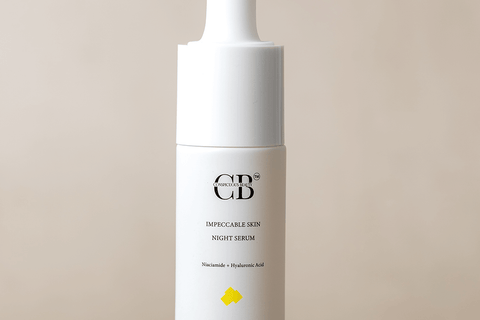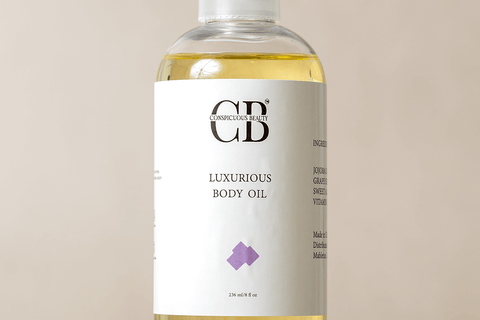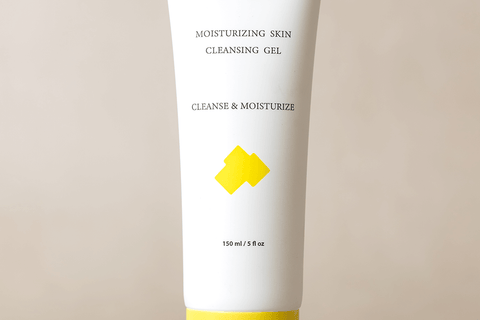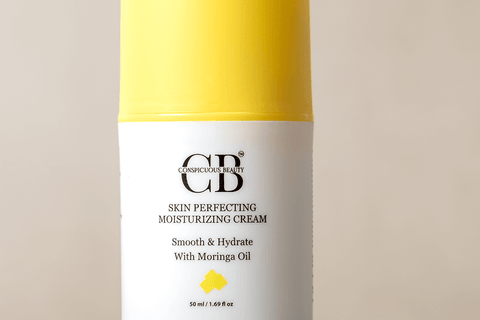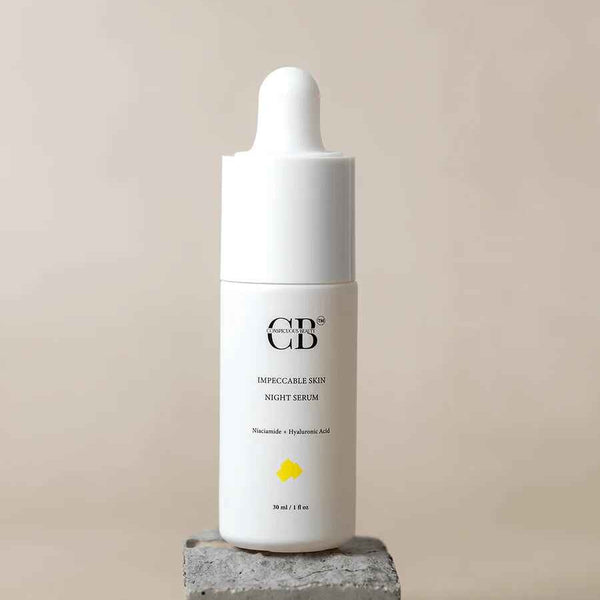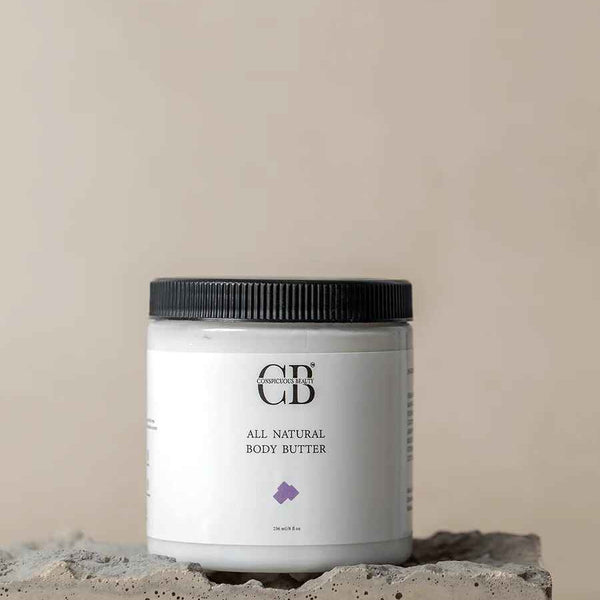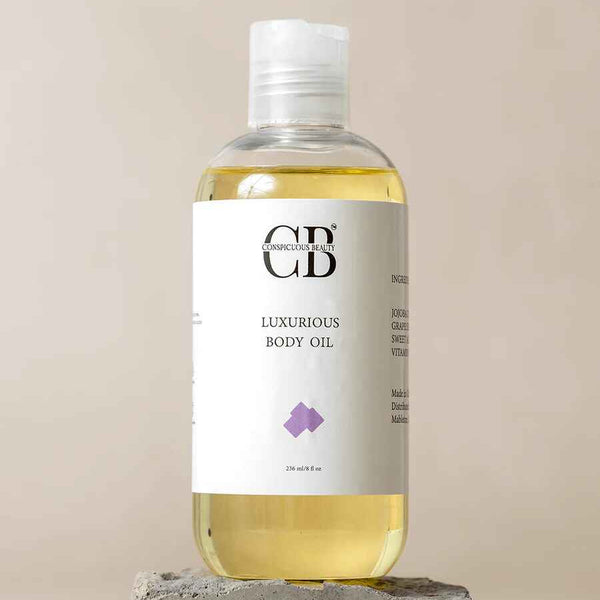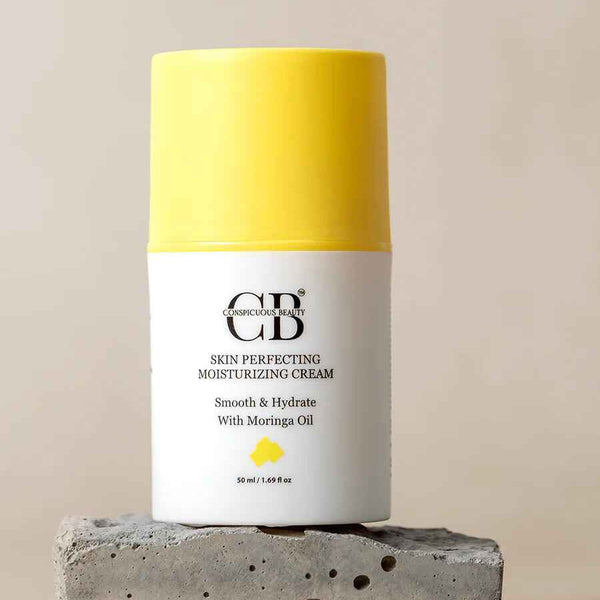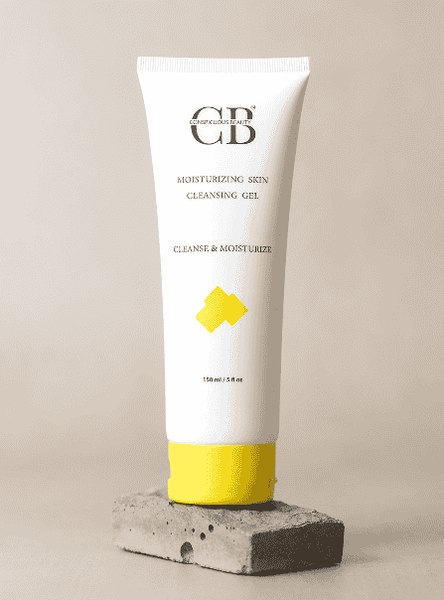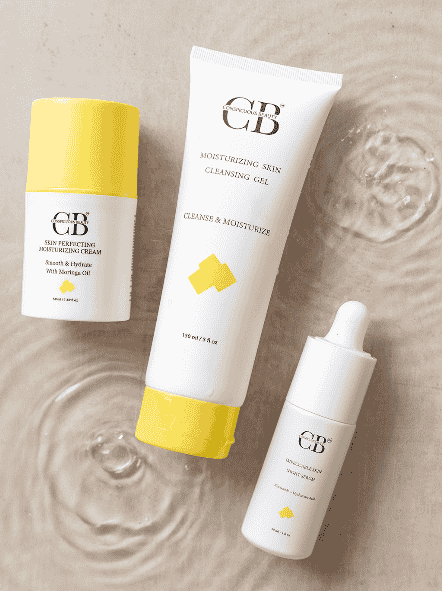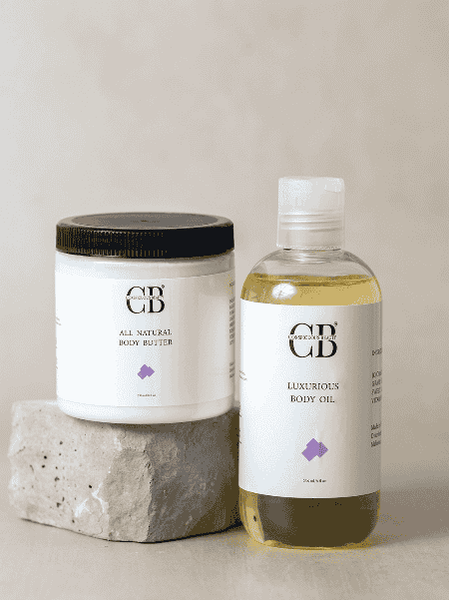Moisturizing is one of the most important steps in any skincare routine. It helps keep your skin soft, hydrated, and protected from dryness and irritation. No matter your skin type, learning how to apply moisturizer correctly can make a huge difference in the way your skin looks and feels. Many people simply rub moisturizer on their face and move on, but there is a right way and a wrong way to do it. This article will explain everything about how to apply moisturizer the right way, step by step, so you can get the best results.
Why Moisturizing Matters
Before learning how to apply moisturizer, it is helpful to understand why it is so important. Moisturizer helps to lock in water in your skin, preventing it from becoming dry or flaky. It creates a protective layer on your skin’s surface, keeping it safe from pollution, harsh weather, and other environmental factors. When used daily, moisturizer improves texture, reduces dullness, and helps prevent early signs of aging. It also prepares your skin for makeup, making it smooth and glowing.
Even oily or acne-prone skin needs moisture. Skipping moisturizer can make your skin produce even more oil to make up for the dryness. The key is to use the right type of moisturizer and to apply it properly.
Step 1: Choose the Right Moisturizer for Your Skin Type
The first step in learning how to apply moisturizer correctly is choosing a product that matches your skin type. Using the wrong formula can cause irritation, breakouts, or an oily look. Here’s a simple guide:
Dry Skin: Choose a thick, creamy moisturizer that contains ingredients like shea butter, ceramides, or hyaluronic acid. These ingredients help restore moisture and smoothness.
Oily Skin: Go for a lightweight, oil-free gel or water-based moisturizer. Look for non-comedogenic products that won’t clog pores.
Combination Skin: Use a balanced moisturizer, lightweight enough for your T-zone but hydrating enough for dry areas like cheeks.
Sensitive Skin: Pick a fragrance-free and hypoallergenic moisturizer with calming ingredients like aloe vera or chamomile.
Normal Skin: You can use a light cream or lotion that maintains hydration without feeling greasy.
The best moisturizer is the one that feels comfortable on your skin and suits your daily routine.
Step 2: Cleanse Before You Moisturize
To apply moisturizing cream properly, always start with clean skin. If you apply moisturizer on dirty or oily skin, it can trap dirt and bacteria inside your pores. Use a gentle face wash to remove oil, makeup, and impurities. Rinse with lukewarm water and pat dry using a soft towel. Avoid rubbing your face harshly because it can damage your skin barrier.
Cleansing opens up your pores and prepares your skin to absorb moisturizer more effectively. If you have dry skin, avoid using foaming cleansers that can strip your natural oils.
Step 3: Apply on Damp Skin
A common mistake people make when applying moisturizer is waiting too long after washing their face. The best time to apply moisturizer is when your skin is still slightly damp, not dripping wet, but moist. When you apply moisturizer on damp skin, it locks in the water and enhances hydration. This helps your skin stay soft and fresh for longer.
So, right after washing your face, gently pat it with a towel and apply moisturizer within 30 to 60 seconds.
Step 4: Use the Right Amount
Using too much or too little moisturizer can affect the results. You only need a small amount, about a pea-sized portion for your face. For your body, use enough to cover the area evenly without overloading the skin. Applying too much can make your skin greasy, while using too little might not provide enough hydration.
If your skin still feels tight after applying, you can add a little more to the dry areas.
Step 5: Warm It Up Between Your Fingers
Before applying moisturizer, take a small amount in your palm and rub it gently between your fingers. This warms up the product slightly, helping it spread more evenly and absorb better into your skin. Warm moisturizer also feels more soothing, especially during cold weather.
Step 6: Apply Gently in Upward Motions
Now it’s time to apply moisturizer properly. Using your fingertips, dot the moisturizer on your forehead, cheeks, nose, and chin. Then spread it gently using upward, circular motions. Don’t tug or pull your skin, especially around the eyes, where it’s very delicate.
Massaging in upward strokes helps improve blood circulation and prevents sagging over time. Be patient and take your time to let the product sink in naturally. Avoid rubbing harshly, as that can irritate the skin and cause redness.
Step 7: Don’t Forget the Neck and Ears
Many people focus only on the face, but your neck and ears also need moisture. The skin in these areas is thin and can show early signs of aging if ignored. Apply the same moisturizer or a lightweight version on your neck, using upward strokes from the collarbone to the chin. This helps maintain elasticity and smoothness.
Step 8: Layer Your Skincare Products Correctly
If you use multiple skincare products, it’s important to know the right order. Moisturizer usually comes after serum and before sunscreen. Here’s the basic order:
-
Cleanser
-
Toner (if you use one)
-
Serum
-
Moisturizer
-
Sunscreen (in the morning)
Applying products in the correct order ensures that your skin absorbs all the nutrients without blocking pores. If you apply moisturizer before serum, it can prevent the serum from working effectively.

Step 9: Adjust According to the Time of Day
Your skin has different needs during the day and at night. During the day, use a lightweight moisturizer with SPF or follow it up with sunscreen. It will protect your skin from UV rays and pollution. At night, use a richer cream that helps repair your skin while you sleep. Night creams are often thicker and contain ingredients like retinol or peptides that boost skin renewal.
Learning how to apply moisturizer both morning and night ensures your skin stays healthy around the clock.
Step 10: Be Consistent
Applying moisturizer once in a while won’t give lasting results. Consistency is the secret to healthy, glowing skin. Make it a part of your daily routine, every morning and before bed. Over time, you will notice smoother texture, reduced dryness, and a natural glow.
Also, remember to moisturize your hands and body after showering. Hot water can strip away natural oils, and moisturizing right after bathing helps seal in moisture.
Extra Tips for Applying Moisturizer
To get the best results, here are a few simple but powerful tips:
Exfoliate regularly: Dead skin cells can block your moisturizer from working well. Gently exfoliate once or twice a week.
Avoid alcohol-based products: These can dry out your skin, especially in cold weather.
Use a humidifier: If your home air is dry, a humidifier can help keep your skin hydrated.
Tap, don’t rub: Light tapping helps the product absorb faster without irritation.
Store moisturizer properly: Keep it away from heat or sunlight to maintain its quality.
Following these small steps makes a big difference in how effective your moisturizer is.
Common Mistakes When Applying Moisturizer
Many people unknowingly make mistakes that prevent their moisturizer from working properly. Avoid these common errors:
Applying on dry skin: Always apply on damp skin for better absorption.
Using too much: A small amount is enough; too much can clog pores.
Skipping sunscreen: Moisturizer alone doesn’t protect against UV rays.
Rubbing harshly: This damages skin elasticity and can cause irritation.
Ignoring your skin type: Using the wrong formula can make dryness or oiliness worse.
By avoiding these mistakes, you’ll ensure your moisturizer does its job effectively.
How Long Does It Take to See Results?
When applied correctly, moisturizer can show instant results, your skin feels smoother and softer right away. However, long-term benefits like improved texture, fewer fine lines, and balanced hydration appear after consistent use for a few weeks. Keep using it daily, and your skin will look healthier and more radiant over time.
Conclusion
Learning how to apply moisturizer may seem simple, but doing it correctly can completely transform your skin. The key is to choose the right type for your skin, apply it on clean and damp skin, use the right amount, and massage gently in upward motions. Don’t forget your neck and ears, and always follow up with sunscreen during the day.
When you make moisturizing a habit, your skin becomes softer, smoother, and naturally glowing. No expensive treatments or complicated routines are needed, just the right moisturizer and proper application. So next time you reach for your cream or lotion, remember these steps and give your skin the care it deserves every day.
